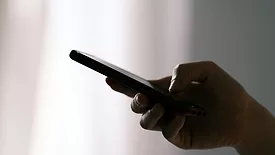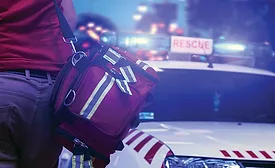Home » Keywords: » communications security
Items Tagged with 'communications security'
ARTICLES
Integrated Solutions
Manufacturing safety: Effective planning & communication in emergencies
Creating emergency response plans help keep manufacturing workers safe and protect the business.
July 10, 2023
7 trends shaping cybersecurity communications in 2022
As cybersecurity communications evolve, so does the threat landscape
January 20, 2022
Sign-up to receive top management & result-driven techniques in the industry.
Join over 20,000+ industry leaders who receive our premium content.
SIGN UP TODAY!Copyright ©2025. All Rights Reserved BNP Media.
Design, CMS, Hosting & Web Development :: ePublishing












